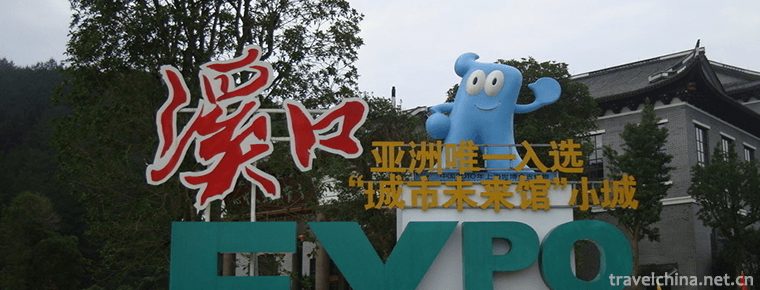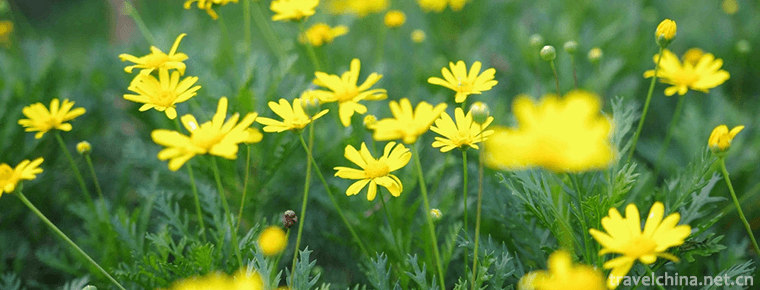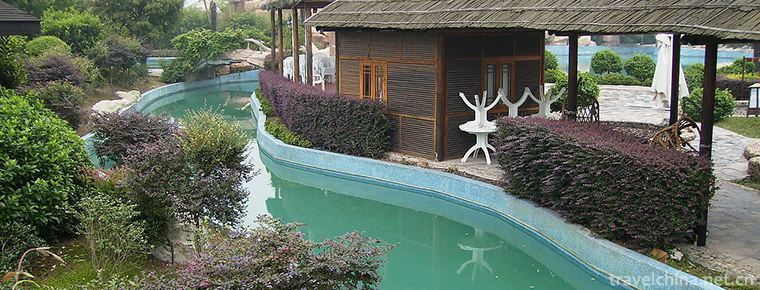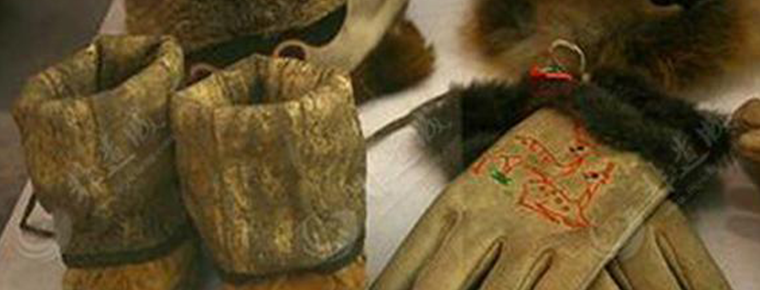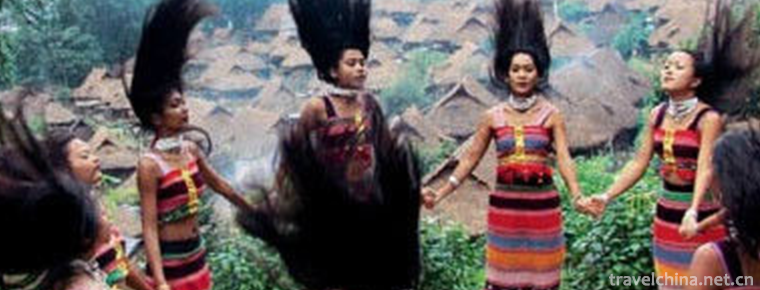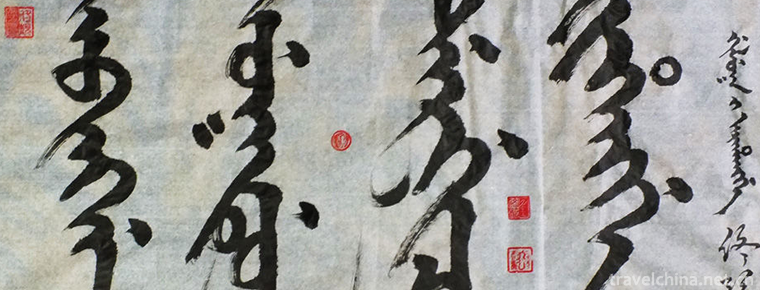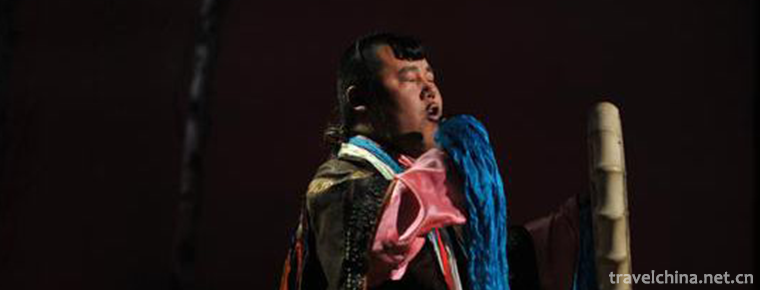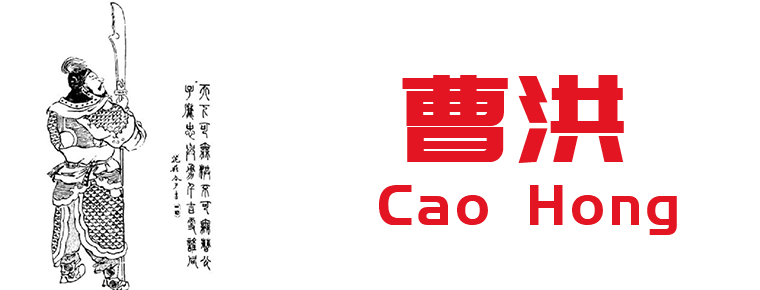Lusheng music
Lusheng music
Lusheng is one of the core musical instruments in Miao traditional music culture. In the long history of Miao music practice, its cultural function is not limited to universal musical instruments, because it carries the diversity of social and cultural functions, and forms unique Lusheng music.
On June 14, 2008, Lusheng Music was approved by the State Council to be included in the second batch of national intangible cultural heritage list.
historical origin
Lusheng Dong language is called Lun. Lusheng music, like other forms of music and art of Dong nationality, is flourishing with the development of history and long-term social production and life. The historical records of Lusheng are mostly after Song Dynasty. Song Luyou's Notes on Lao Xue'an, Volume 4: "... Chen, Yuanyuan, Jingzhou and other places, you Ling, Gezan... Male unmarried, with a Golden Chicken in the bun... In the farm gap, when one or two hundred people were singing for Cao, holding hands and blowing Sheng in front of them, Ming Kuang-lu's Chi Ya wrote, "Tung is also a bureaucrat..." Good at music, playing Huqin, playing six pipes, closing eyes with long songs, shaking feet and dancing for chaos.
artistic characteristics
Lusheng is a singing instrument of Miao, Dong, Shui, Yao and Gelao nationalities. It was called Lusha in ancient times. Miao, Dong and Shuiyu are all called stem. Miao language is also known as Gaduo, Gajie, Gadong, Gazheng and so on. Dong language is also known as Ganlang, Ganlani, Ganlao and so on. Yao language is called Lou family. It is popular in Guizhou, Guangxi, Hunan, Yunnan, Sichuan and other provinces and regions. It has a long history, various shapes, bright tone, rich local characteristics. It is often used in folk accompaniment and ensemble of Lusheng dance band. After reform, it has been applied in the national band. It can play solo, ensemble or ensemble with rich expressive force.
When playing, the shengpipes are erected, the hands are grabbed, the fingers are pressed through the holes, the mouth is blown, the blowing and sucking can be pronounced, the standing, sitting, walking and jumping can be played, the forms are lively and diverse. Lusheng's playing skills are the same as Sheng's, and it is often played by single vomiting. Can play a variety of intervals of double or triphone, four-tone chord, can play C, F, G and other tunes. It can be used for solo, duet, ensemble or accompaniment. Soloists often dance while playing, which is lively and vivid. Miao Lusheng differs in size, timbre, volume and debugging. Only in Guizhou Province, Huangping, Danzhai and Rongjiang in southeastern Guizhou Province, and in Bijie and Shuicheng in Western Guizhou Province, but in southern Guizhou Province, Lusheng is vigorous and strong.
Lusheng music belongs to the national pentatonic mode. In the aspect of harmony, with the change of players'mood, sometimes there will be discordant intervals. Lusheng music has a slow rhythm, soft melody, free and relaxed, with a greater improvisation and arbitrariness. Lusheng melody is long, rich in connotation and elegant, which is related to the atmosphere of mourning and melancholy in Miao people's sacrificial activities. Besides Lusheng, there are mouth strings and clarinets.
Representative works
Collection Music, Entrance Music, Trampling Music, Sweeping Music, Together Quick Music, Road Music, Competition Music, Walking Music, Circle Music, etc.
Inheritance significance
With the development of society and the diversification of culture, satellite TV and VCD have entered the farmhouse, changing people's traditional concept of cultural life. As a traditional cultural life, playing Lusheng and dancing Lusheng have been strongly impacted by modern culture. In addition, Tongdao Dong Autonomous County is a poverty-stricken county at the national level, with low productivity, difficult production conditions and low living standards of the people in the villages and towns. Forced by life, more than 90% of young and middle-aged people have to travel to the coast to earn money. Therefore, there are few young people who learn to play Lusheng in the corridor. People are losing interest in playing Lusheng and dancing Lusheng dance. The valuable intangible cultural heritage of Dong Lusheng is in danger.
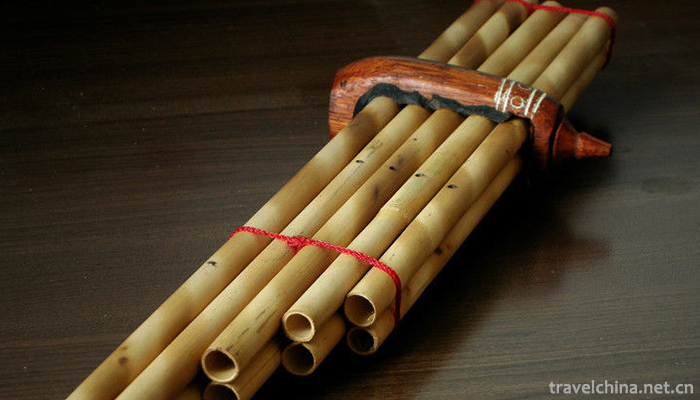
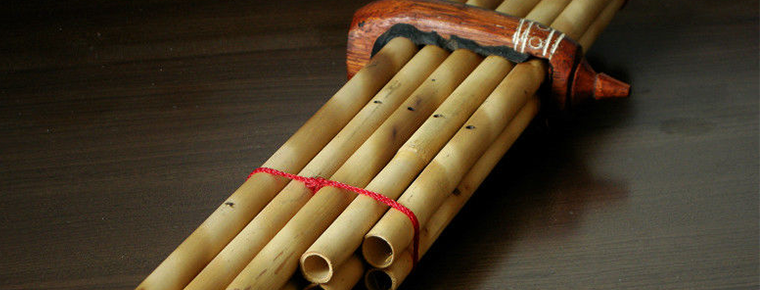
Lusheng music
-
Fenghua Xikou Tengtou Tourist Scenic Area
Fenghua District, Ningbo City, Zhejiang Province, is under the jurisdiction of the established towns, the first batch of famous national landscape tourism towns
Views: 201 Time 2018-12-07 -
Longmen Grottoes Scenic Area
Longmen Grottoes is one of the treasure houses of Chinese stone carving art. It is now a world cultural heritage, a national key cultural relics protection unit and a national AAAAA class tourist attr
Views: 273 Time 2018-12-09 -
Jinshanling the Great Wall
Views: 123 Time 2018-12-10 -
Shanghai Gulf National Forest Park
Shanghai Bay National Forest Park is located in the May 4th Farm of Haiwan Town, Fengxian District, Shanghai, 60 kilometers from the center of Shanghai. It is a large artificial urban ecological fores
Views: 164 Time 2018-12-19 -
Qiankun Bay Scenic Area
Qian Kun Wan Scenic Area is located in Qian Kun Wan Town, Yanchuan County, Yan'an City, Shaanxi Province. It faces the Yellow River to the East and Yonghe County, Shanxi Province
Views: 220 Time 2018-12-22 -
Golden Peacock Hot Spring Resort
Anhui Jinpeacock Hot Spring Resort is a commercial resort hotel which integrates vacation, fitness, leisure, entertainment, catering and accommodation. It covers an area
Views: 150 Time 2019-01-26 -
Making Skill of Roe Skin of Oroqen Nationality
The Oroqen nationality is one of the minorities with the smallest population in Northeast China. Because of the influence of living environment and customs, people of the Oroqen nationality
Views: 344 Time 2019-04-28 -
Alpine Hand in Hand Dance
"Hand-in-hand dance" is a kind of self-entertainment dance with the longest history and widespread spread spread among the folk dances of the mountain nationality. During the wedding and fes
Views: 111 Time 2019-04-30 -
Manchu calligraphy
Manchu calligraphy is a kind of calligraphy created by imitating Chinese seals in the Qing and Qianlong periods. In 1748 (the thirteenth year of Qianlong), Emperor Qianlong of Qing Dynasty ordered Fu
Views: 246 Time 2019-05-16 -
Mongolian Humai
Humai, also known as laryngeal singing, double singing, multi-voice singing or Haolinchao, is a singing method of many ethnic groups around Altai Mountains, not unique to the Mongolian people.
Views: 863 Time 2019-06-03 -
Cao Hong
Cao Hong(? - two hundred and thirty two). Pei Guo Qiao (now Anhui) Bozhou People. Emperor Wei and Emperor Wei of the late Han Dynasty and the Three Kingdoms period Cao Cao From brother.
Views: 223 Time 2019-09-15 -
Chengdu Weiran flower sea
Weiran flower sea is the largest flower sightseeing base in Chengdu, the top 50 rural tourism base in Chengdu, the most beautiful flower appreciation base in Chengdu, Chengdu music industry base, top
Views: 152 Time 2020-04-10
